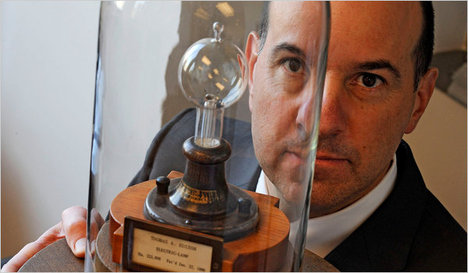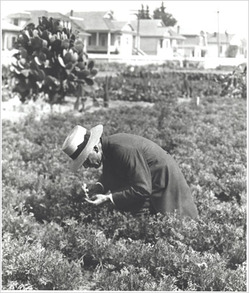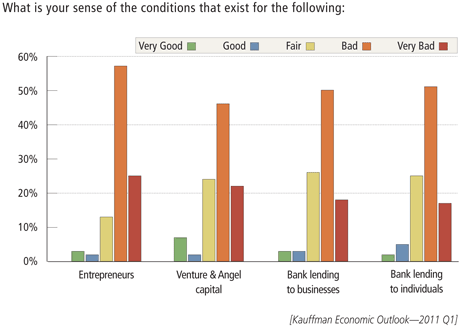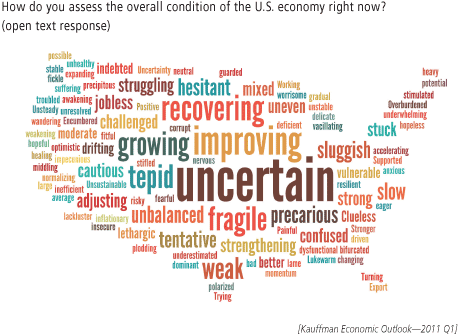 “David Kappos of the Patent Office, with an Edison bulb.” Source of caption and photo: online version of the NYT article quoted and cited below.
“David Kappos of the Patent Office, with an Edison bulb.” Source of caption and photo: online version of the NYT article quoted and cited below.
(p. A1) “There is no company I know of that would have permitted its information technology to get into the state we’re in,” David J. Kappos, who 18 months ago became director of the Patent and Trademark Office and undersecretary of commerce for intellectual property, said in a recent interview. “If it had, the C.E.O. would have been fired, the board would have been thrown out, and you would have had shareholder lawsuits.”
Once patent applications are in the system, they sit — for years. The patent office’s pipeline is so clogged it takes two years for an inventor to get an initial ruling, and an additional year or more before a patent is finally issued.
The delays and inefficiencies are more than a nuisance for inventors. Patentable ideas are the basis for many start-up companies and small businesses. Venture capitalists often require start-ups to have a patent before offering financing. That means that patent delays cost jobs, slow the economy and threaten the ability of American companies to compete with foreign businesses.
For the full story, see:
EDWARD WYATT. “U.S. Sets 21st-Century Goal: Building a Better Patent Office.” The New York Times (Mon., February 21, 2011): A1 & A3.
(Note: the online version of the article is dated February 20, 2011.)







